Washington, D.C, may be the heart of American democracy, but it also faces serious challenges regarding public safety. The Washington, DC, crime rate is more than twice the national average, making it one of the most dangerous metro areas in the country. While local authorities continue working to reverse these trends, some neighborhoods still report high levels of risk. Our full guide will help you explore the other side of dangerous areas in Washington DC, and make informed choices wherever you go.
Top 10 Most Dangerous Areas in Washington, DC
Washington DC, may be rich in history and culture, but like any major city, it has neighborhoods with higher crime rates. Understanding where these areas are can help residents and visitors stay alert and make informed choices. Here are the 10 most dangerous areas in Washington, DC., based on the latest crime data and trends.
1. Anacostia
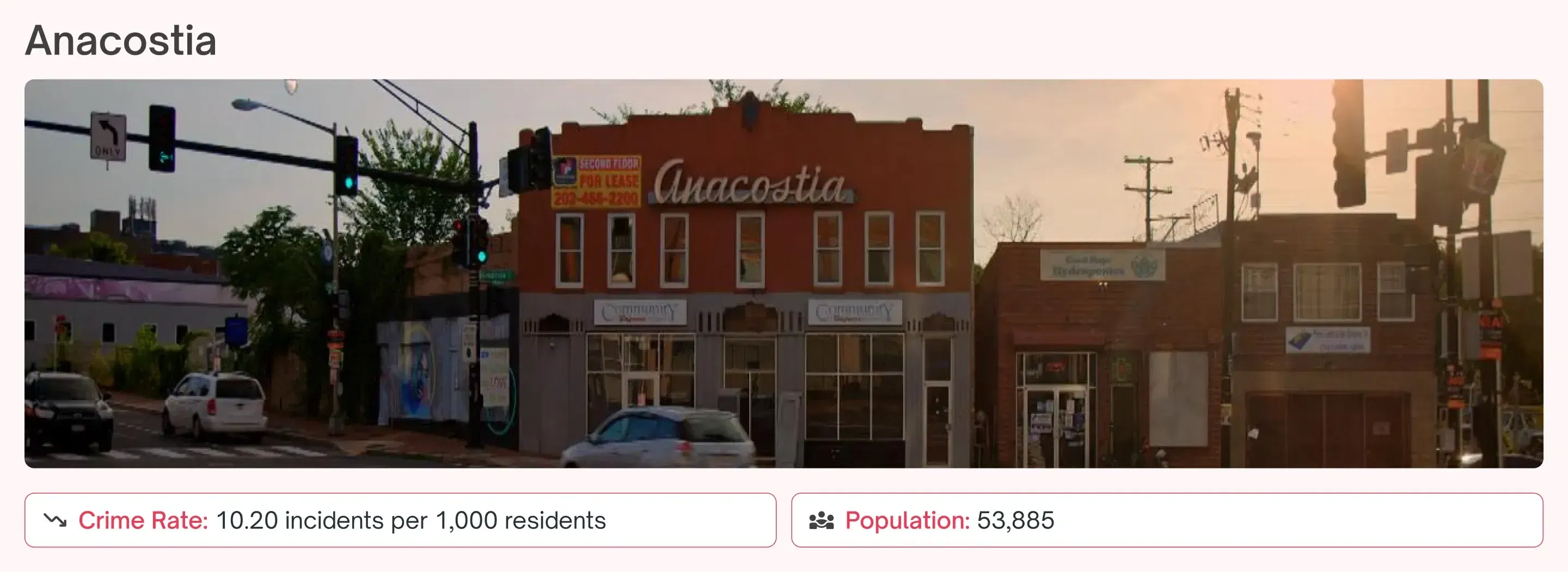
Among the most dangerous areas in Washington DC, Anacostia has long struggled with violent crimes, including assaults and robberies. According to recent Washington DC, crime data, property crimes, assaults, and drug-related offenses are high due to poverty level, limited job opportunities, and less public resources. Efforts are ongoing to improve conditions, but crime remains a concern. Locals are encouraged to stay aware of their surroundings and keep informed about safety updates.
2. Shaw
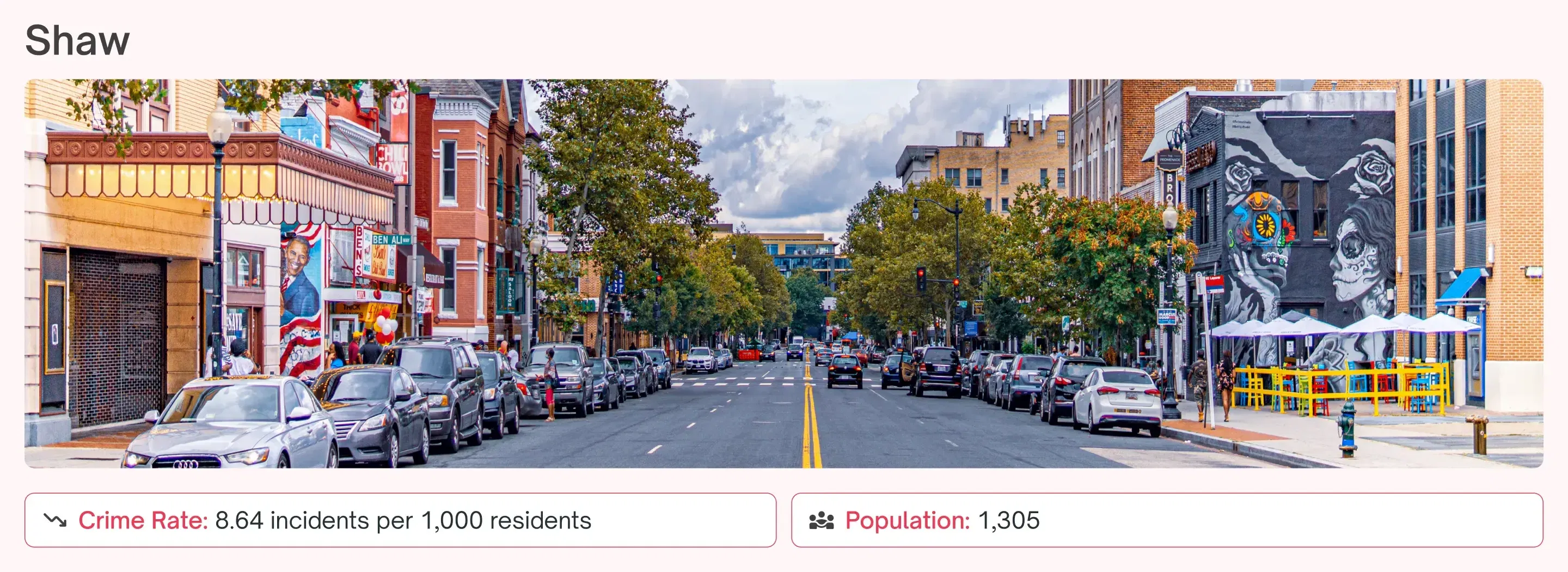
Despite its rich cultural scene and ongoing development, Shaw continues to face significant safety challenges. The neighborhood experiences a variety of crimes, including thefts, car break-ins, and assaults, caused by nightlife, restaurants, and heavy traffic, making it one of the dangerous areas in Washington DC. While gentrification has improved certain parts, some blocks still struggle with persistent safety concerns. Visitors and residents should stay updated about current crime trends and avoid isolated areas at night.
3. Columbia Heights
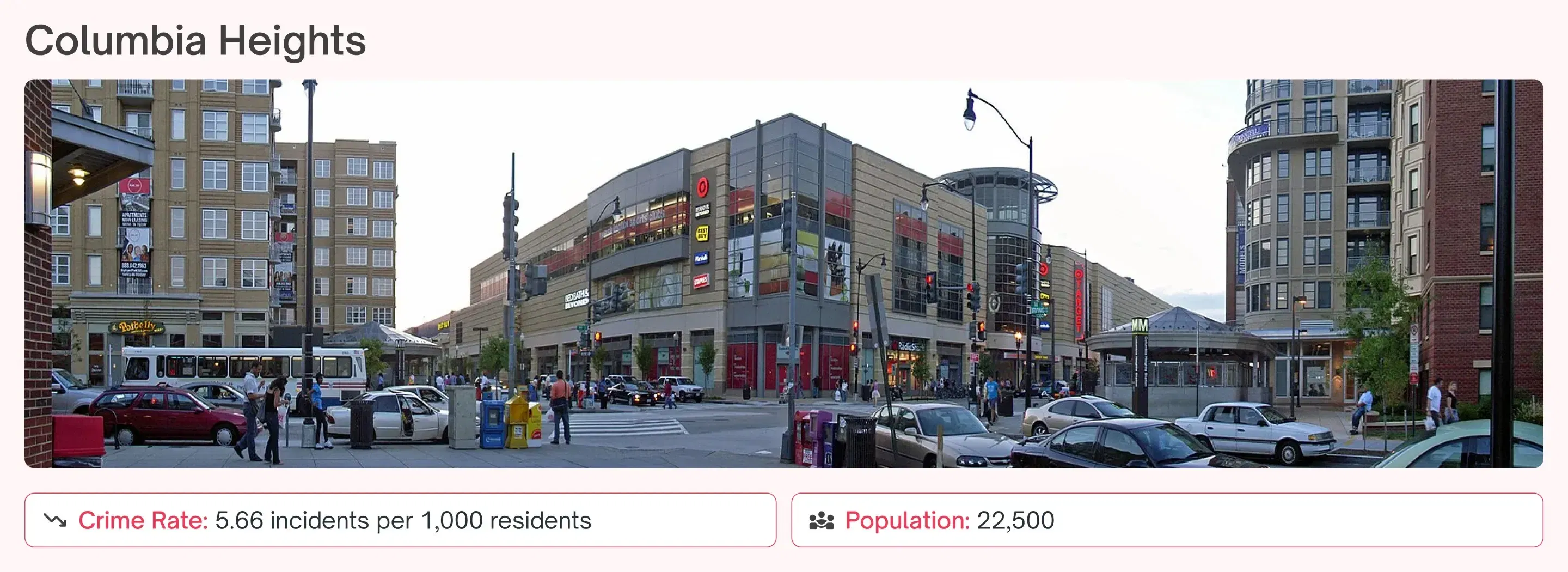
Columbia Heights is one of the neighborhoods that face safety challenges in Washington DC due to increasing criminal incidents. The area faces thefts, robberies, and assaults, especially near nightlife areas, metro stations, and busy commercial areas. Various offenses, such as theft and assault, contribute to the neighborhood’s reputation, as reflected in the most recent Washington, D.C. crime statistics.
4. Trinidad
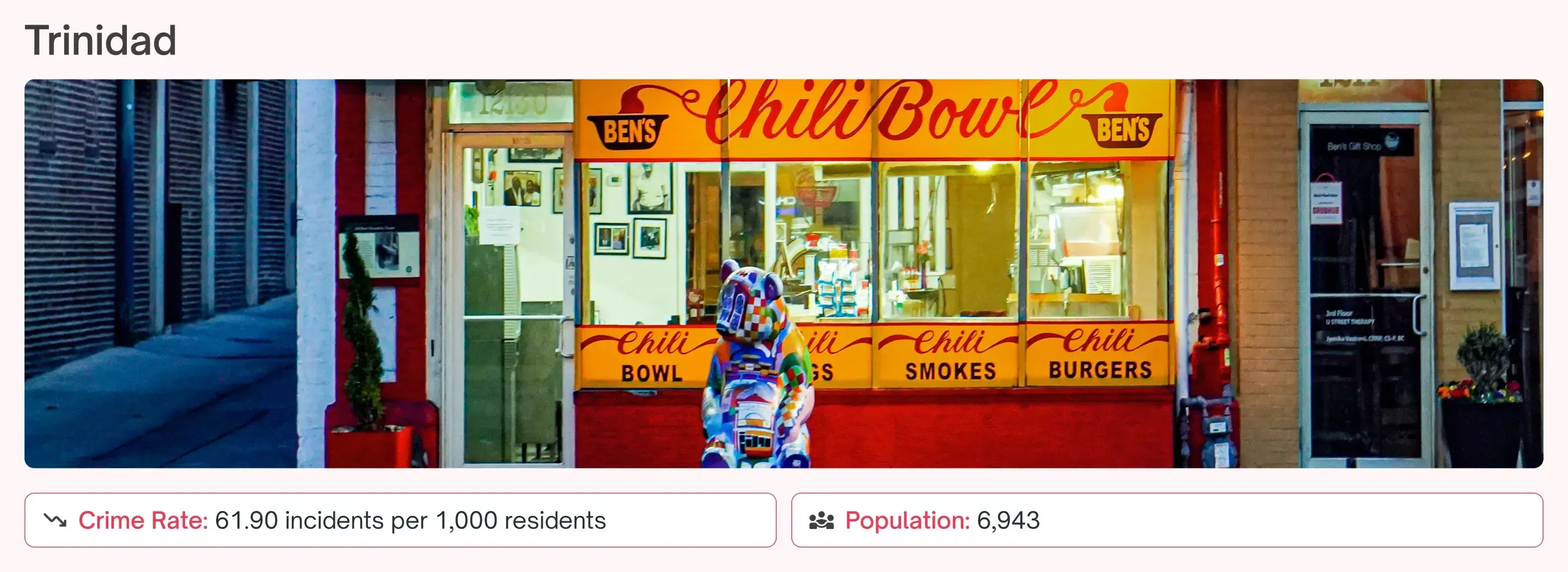
Known for persistent challenges with violent crime, Trinidad is one of DC’s more dangerous neighborhoods. It struggles with a crime rate in DC higher than the city's average. Residents have reported shootings, drug activity, and property crimes. The historic disinvestment and gang presence lead to the frequent assaults and robberies on poorly lit streets and near transit areas, leading to increased concerns about safety. In response, police have stepped up patrols in key hotspots, while visitors and locals alike should avoid risky spots at night.
5. Navy Yard
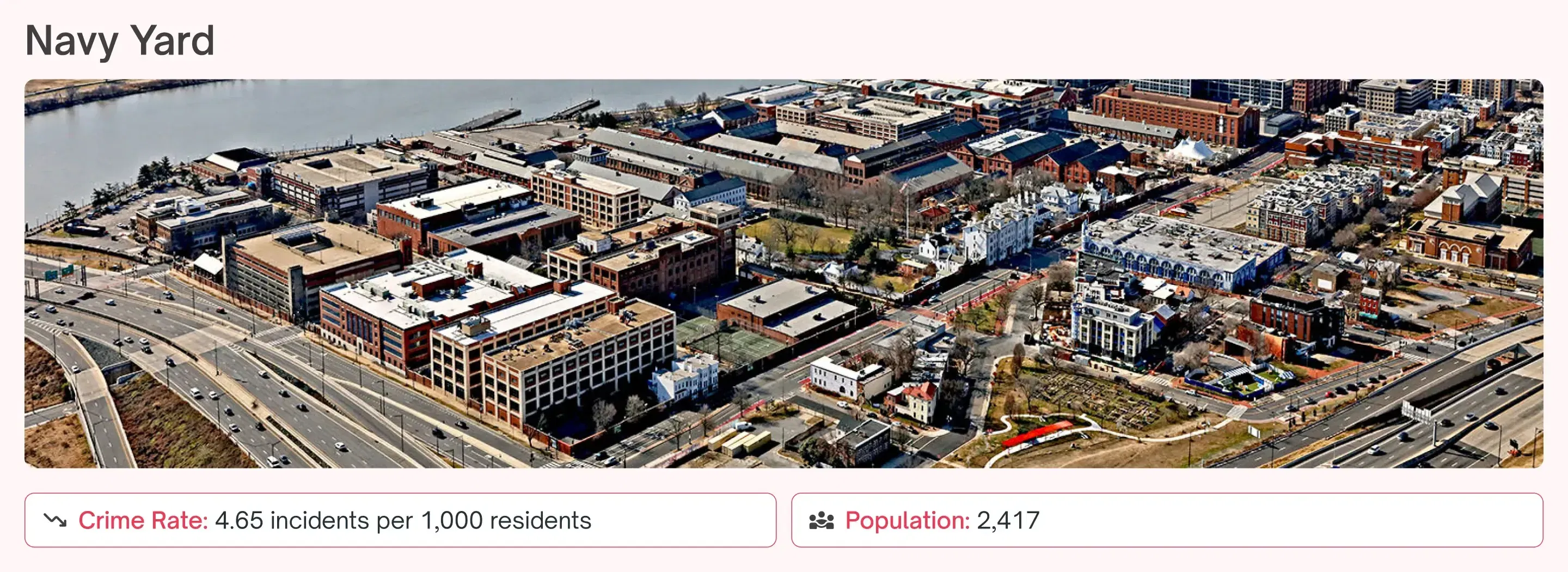
Rapid development in the Navy Yard has brought growth, but it is still considered one of the dangerous areas in Washington DC due to rising crime concerns. There are bike thefts, car break-ins, and robberies near nightlife hubs and certain blocks after dark. Recent District of Columbia crime statistics highlight these ongoing safety challenges, making the balance between revitalization and public safety a central focus for the neighborhood’s future.
6. Capitol Hill
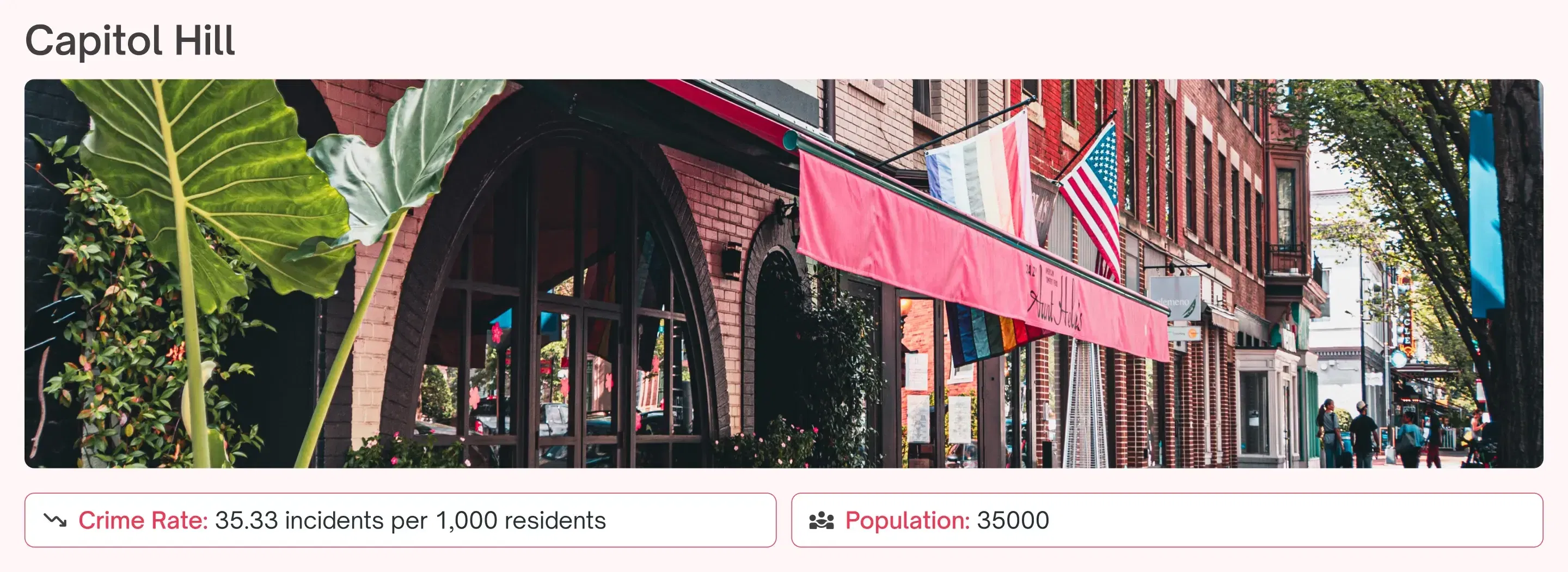
Known for ongoing safety concerns, Capitol Hill ranks among the dangerous areas in Washington DC, with some blocks experiencing regular crime issues. While known for its historic charm and proximity to government offices, residents often face petty theft, burglaries, and carjackings due to the high tourist numbers and daily traffic, making it one of the bad areas in Washington DC. Efforts such as community policing and increased patrols are in place to help reduce these incidents. Still, students and visitors need to remain cautious, especially at night.
7. Petworth
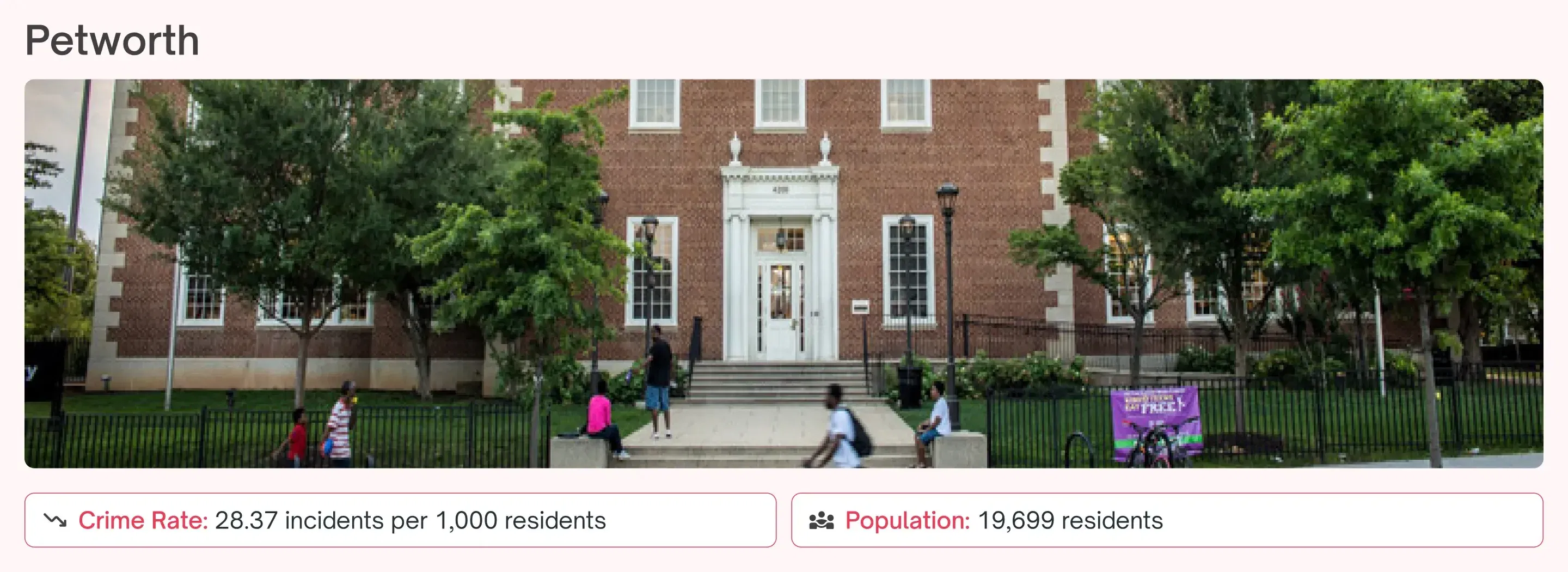
Petworth has recently seen rising incidents of burglaries, assaults, and car thefts, placing it among the dangerous areas in Washington DC. Although it remains a close-knit community, the risk of assaults and robberies has risen. The crime stats in Washington DC have indicated that these incidents are higher than average in several parts of the area.
8. Mount Pleasant
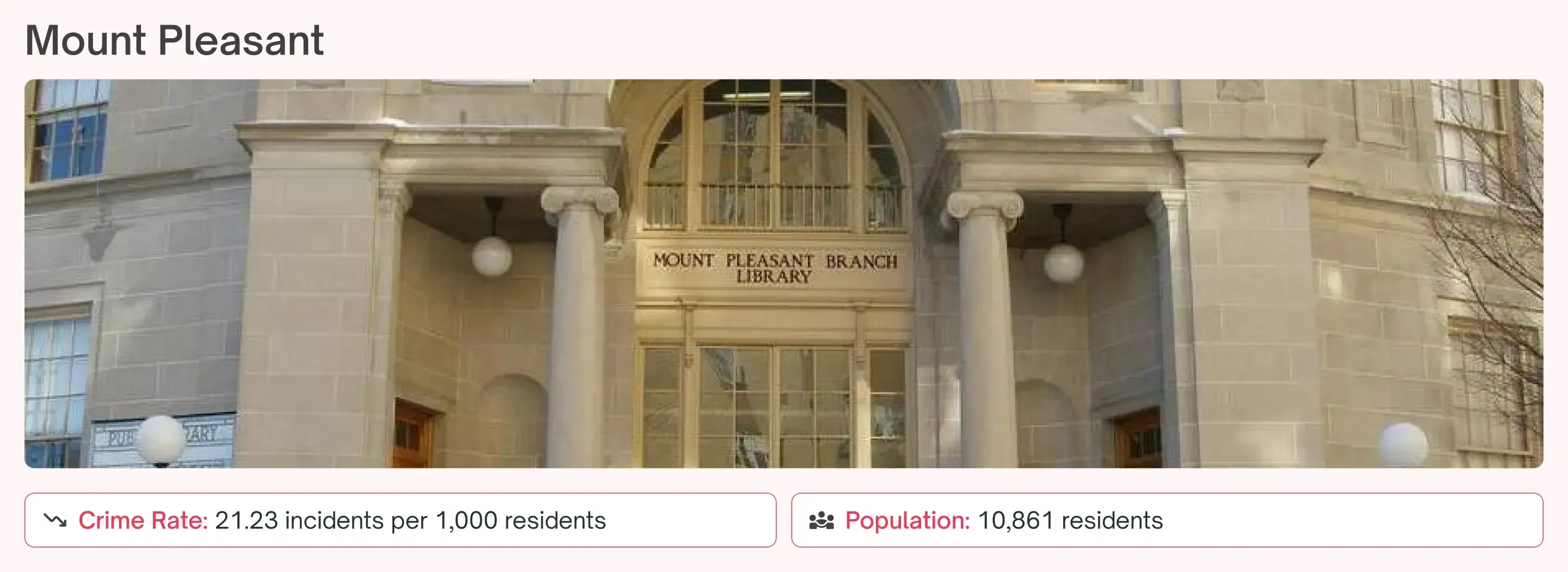
Mount Pleasant is often recognized as one of the dangerous areas in Washington DC as it has seen an increase in theft, burglaries, and occasional violent crimes near metro stations, nightlife corridors, and certain blocks after dark. These crimes tend to occur in certain blocks, particularly during evening hours. Community efforts like neighborhood watch programs and increased police patrols aim to tackle these issues. Despite these actions, residents are advised to stay cautious.
9. Barry Farm
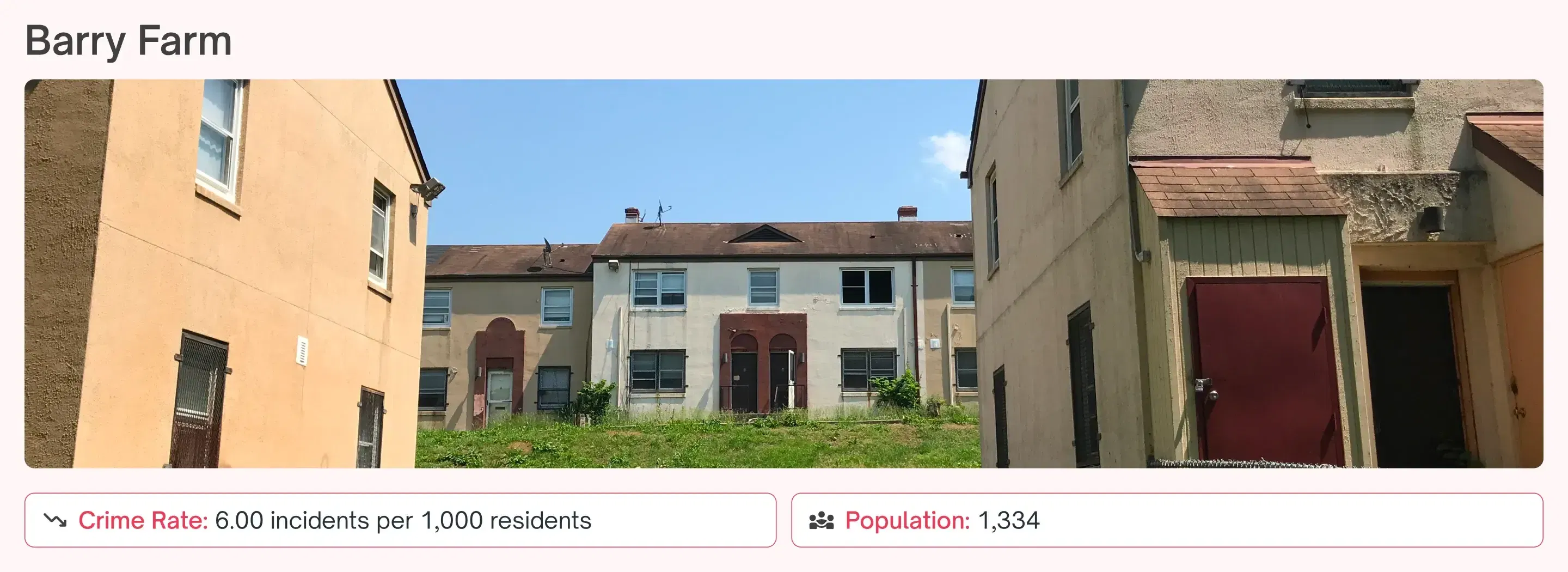
Crime remains a major concern in Barry Farm, which is known as one of the dangerous areas in Washington DC. The neighborhood experiences a high number of violent crimes, including drug-related offenses, assaults, shootings, and property offenses, contributing to its challenging safety profile. Violent crimes such as assaults and robberies are frequent, especially near public housing and poorly lit areas. Residents are strongly advised to stay vigilant, particularly after dark, and participate in local safety initiatives where possible.
10. Congress Heights
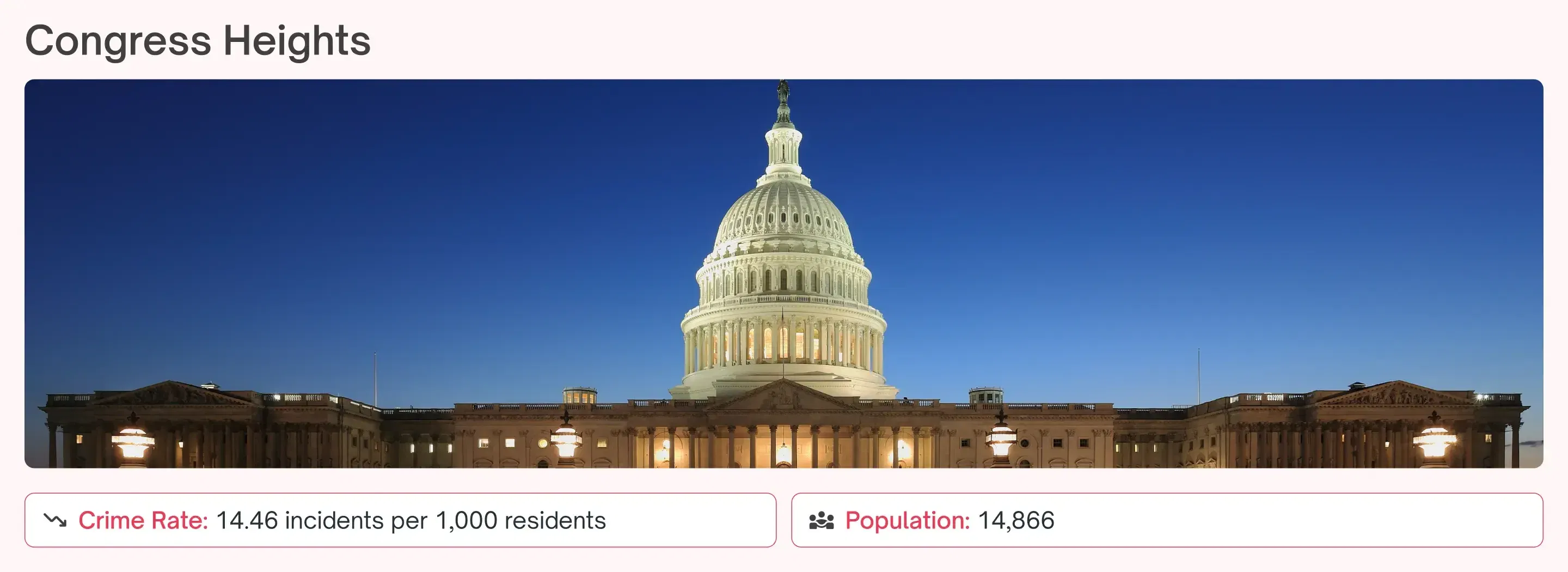
Congress Heights is one of the most dangerous neighborhoods in Washington DC. The neighborhood experiences higher rates of violent offenses, of which the homicide rate in Washington DC is higher. Violent offenses, including assaults, along with theft and street crime, are common near metro stops and public housing. There is a high murder rate in Washington DC as well. Poverty and limited resources fuel ongoing challenges despite upgrading and policing efforts.
Some Additional Dangerous Areas in Washington DC to Check Out!
Some bad neighborhoods in Washington DC face higher crime risks, including Deanwood, Brentwood, Benning Ridge, and Stadium-Armory, where issues like robberies, assaults, and drug-related activities are more common, especially at night. Meanwhile, areas like the U Street Corridor and Ledroit Park are generally safer and popular with residents, but caution is still advised after dark due to occasional robberies and urban crime.
Conclusion
Choosing a safe neighborhood in Washington, D.C. is key to well-being, whether moving, staying, or visiting. While there are some neighborhoods that regularly come in the list of Washington DC worst neighborhoods, understanding these areas well will help make better decisions. Low-crime areas minimise personal risk, protect property, and offer peace of mind with better facilities and family-friendly environments. When researching, always ensure to use a Washington DC crime map and check crime data about the bad neighborhoods in DC. Look for well-kept homes and surroundings, observe community activity, and talk to residents. For safety, stay alert, stick to well-lit areas, and safeguard valuables. At home, use strong locks, outdoor lighting, and safe vehicles. Informed choices and basic safety precautions in Washington DC dangerous neighborhoods enhance the quality of life and overall peace of mind.
Safe Student Housing in Washington, DC
Washington, DC, offers students more than just proximity to historic landmarks and government institutions; it’s also home to top-tier universities. Student neighborhoods like Columbia Heights, Capitol Hill, and Dupont Circle offer a great balance of walkability, cultural hotspots, and proximity to major campuses. Whether you're looking for a private studio or a shared apartment, off-campus housing in DC often includes features like furnished units, 24/7 security, study spaces, and easy access to metro stations. With a curated list of safe and comfortable student housing options in Washington DC, amber helps you find a home that suits both your budget and lifestyle.
Here are some top neighborhoods for you to explore:
1. Florida Ave
2. Columbia 1480
3. Royal Sonesta
4. 2221 S Clark
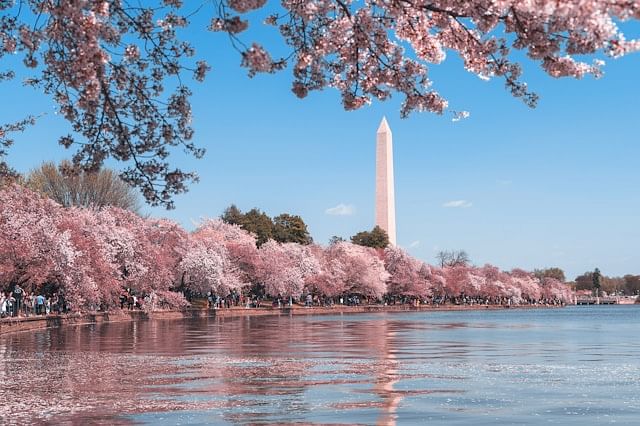


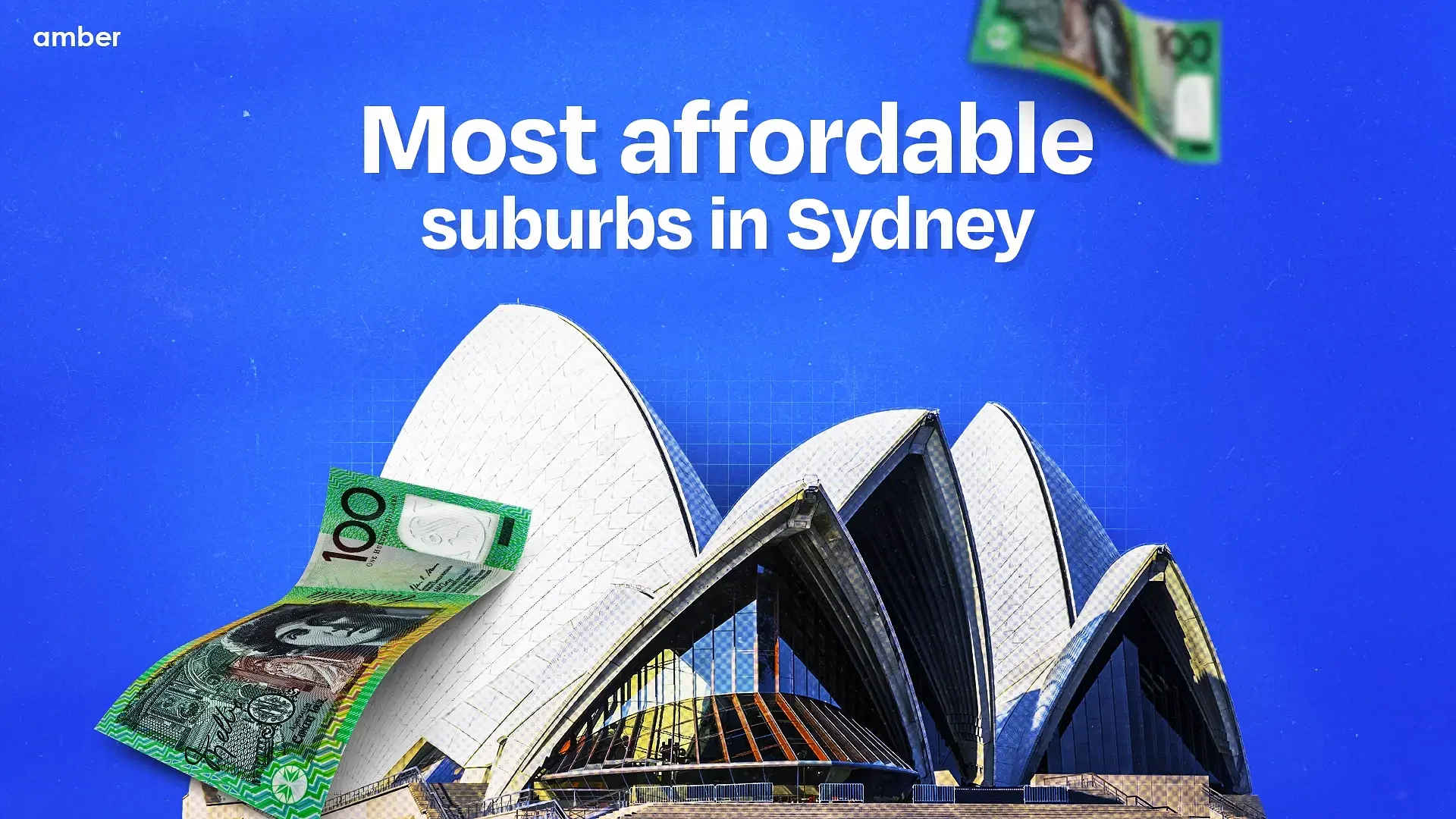
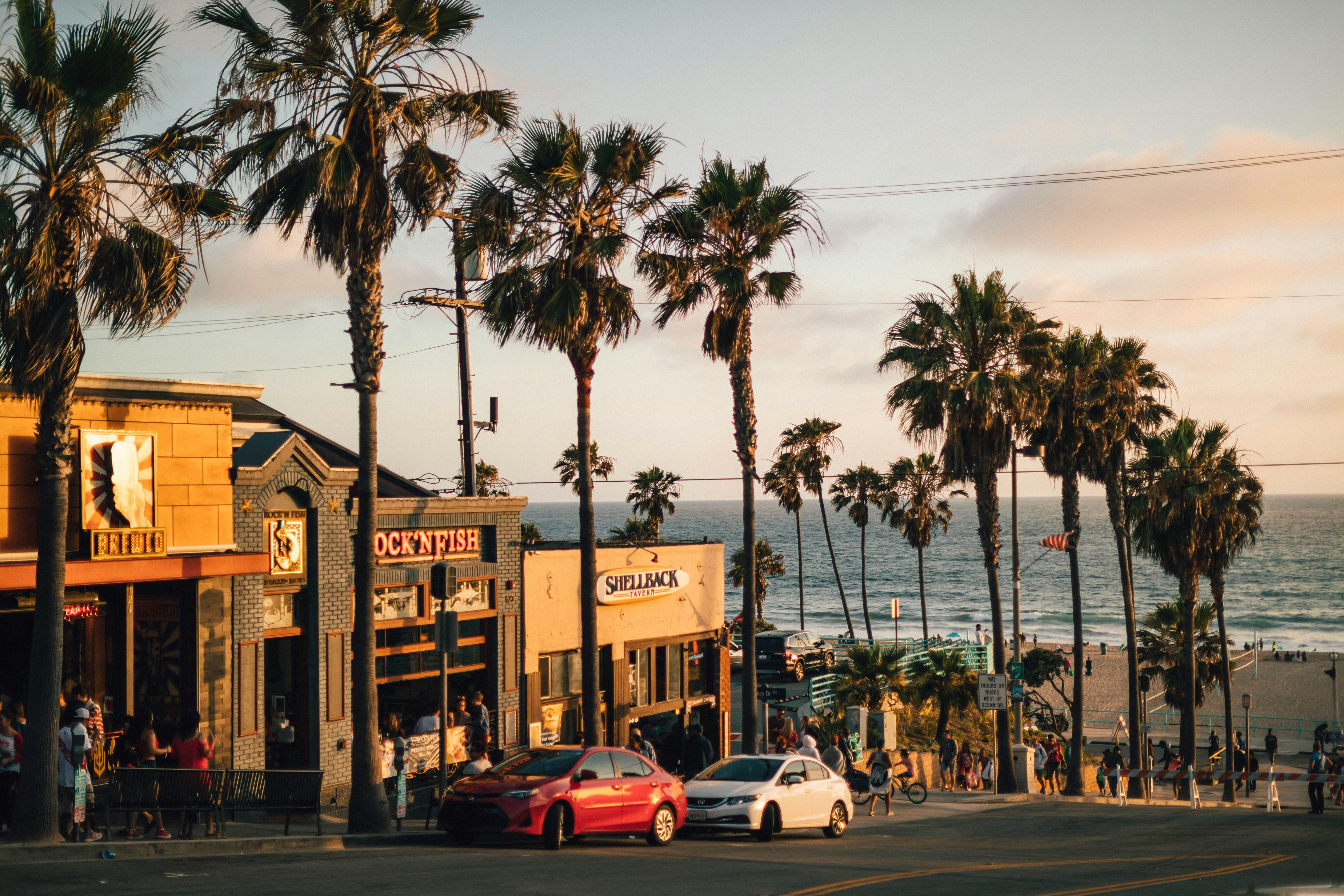
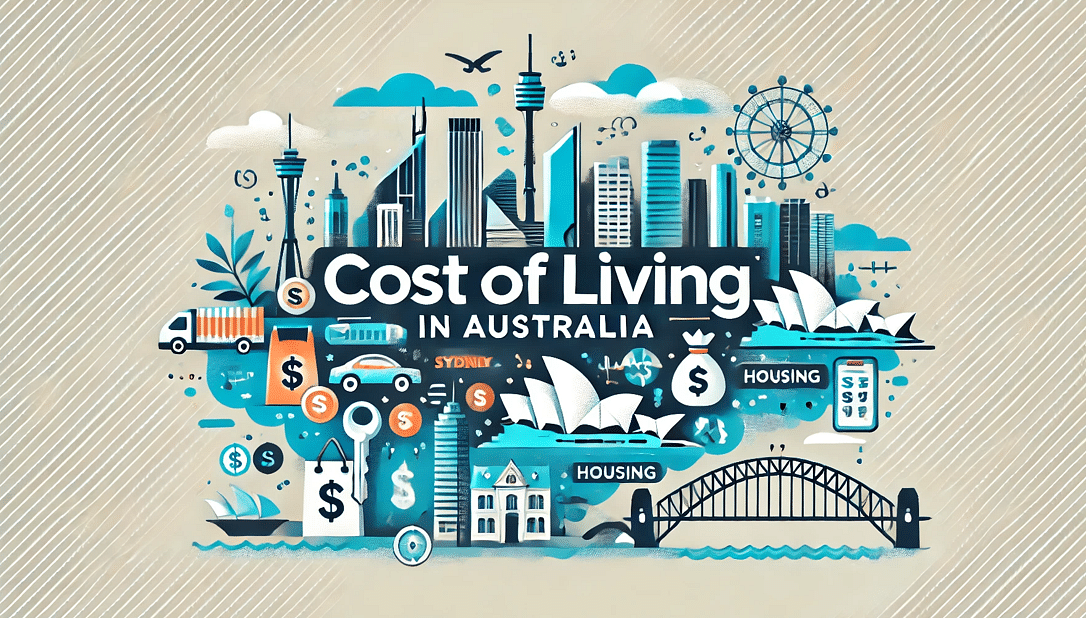
.jpg)
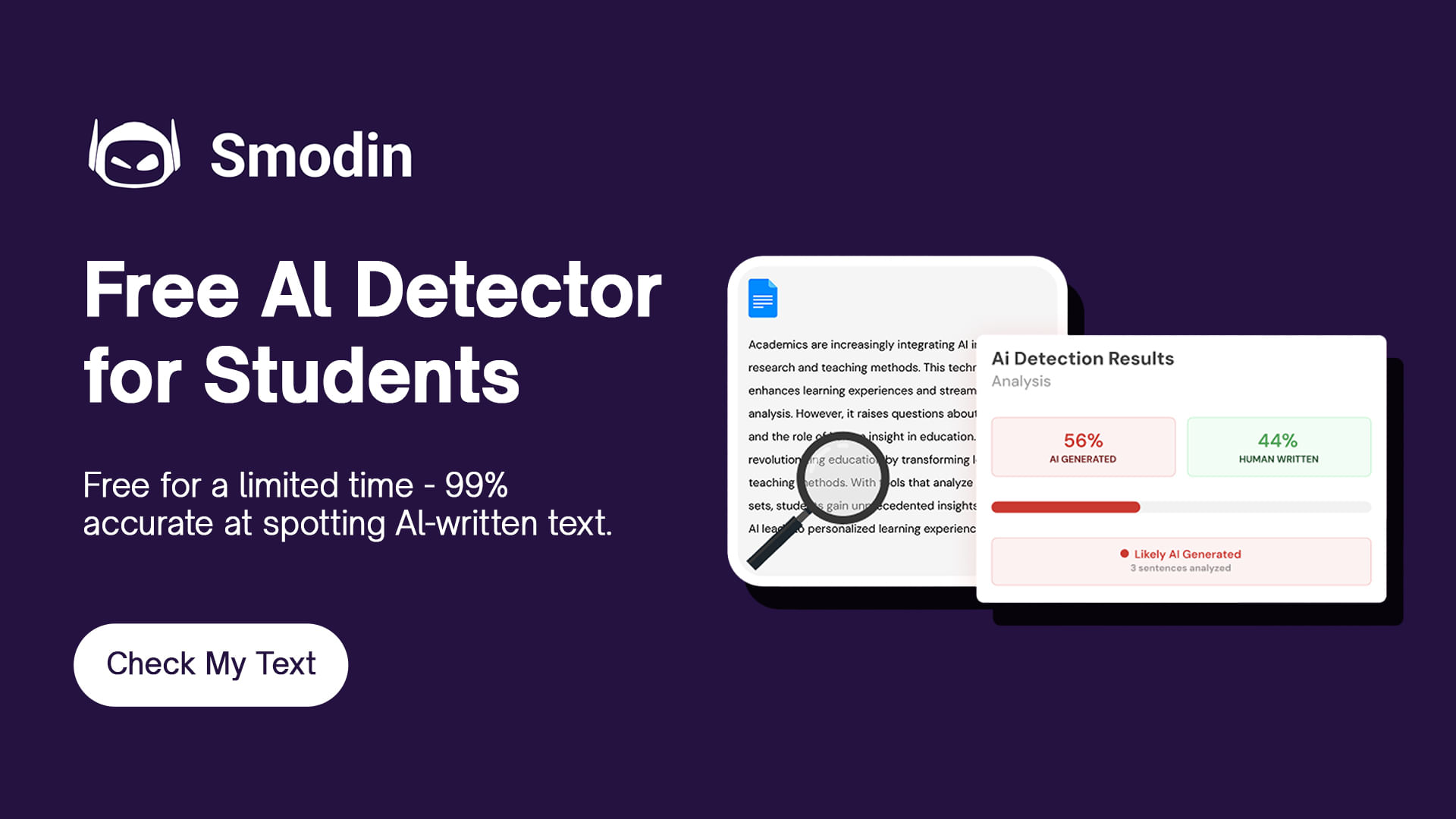

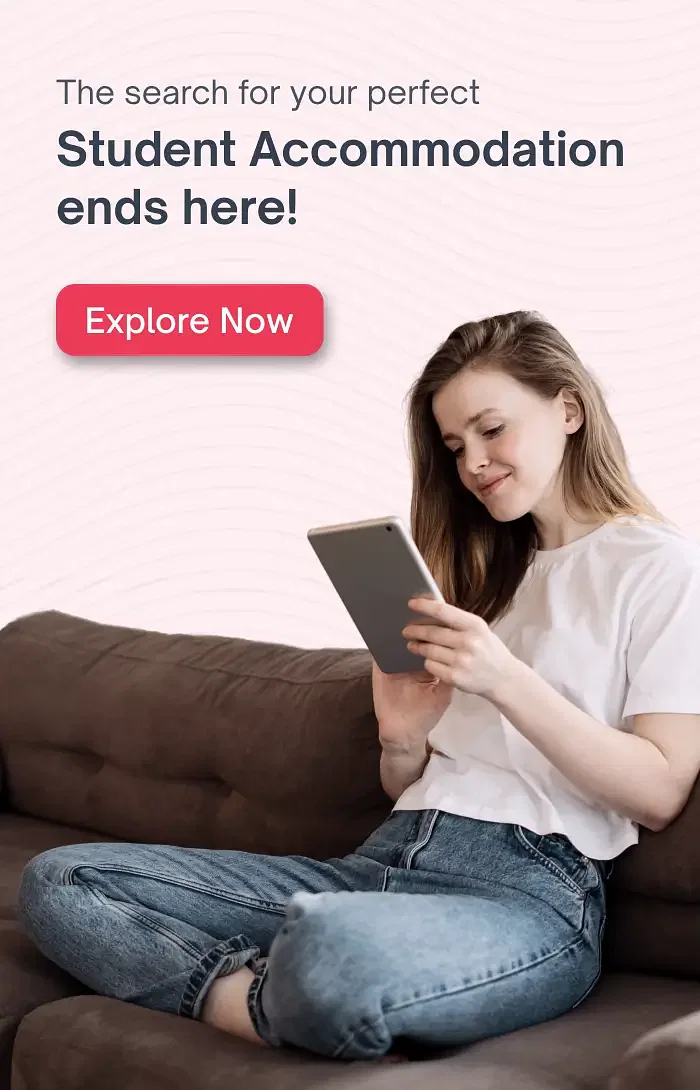
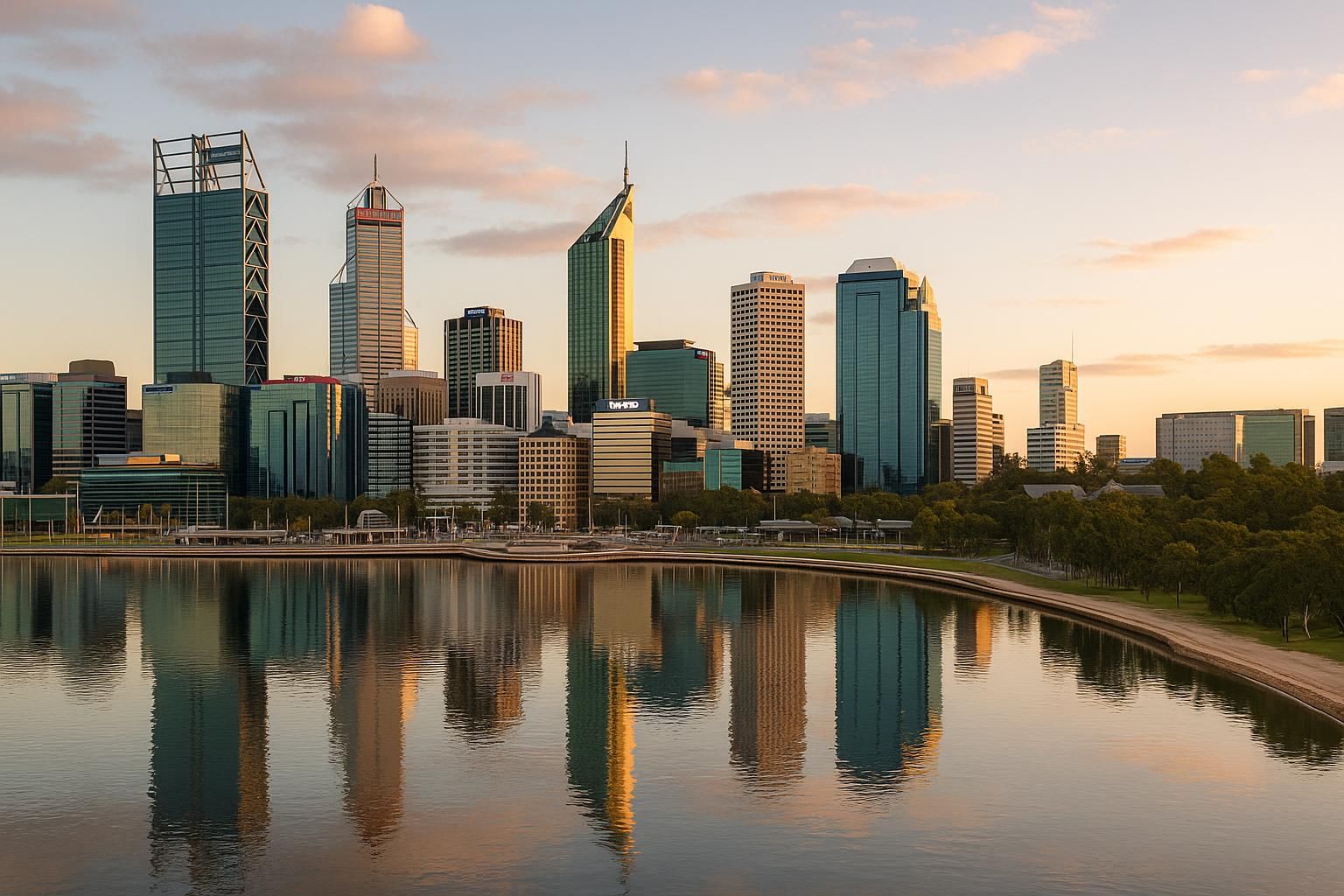



.jpg)





